Autumn Tidy: Your Guide to Clearing Fallen Leaves
Picture your garden on a crisp October morning: golden sunlight filters through nearly bare branches, casting dappled shadows across a thick carpet of amber, crimson, and bronze leaves. It's undeniably beautiful—until you realise that stunning autumn display is slowly suffocating your lawn and creating a slippery hazard on your paths.
Every British gardener faces this seasonal conundrum. Those gorgeous fallen leaves that make autumn so magical also present one of the year's most important gardening tasks. Left unchecked, that picturesque leaf carpet can wreak havoc on your garden's health and safety.
This comprehensive guide will walk you through everything you need to know about tackling fallen leaves effectively. You'll discover why clearing leaves is crucial for your garden's wellbeing, learn about the best tools for different situations, and follow a proven step-by-step strategy that makes the job manageable. Plus, we'll show you how to transform those collected leaves into valuable garden gold rather than sending them to landfill.
Whether you're dealing with a few scattered leaves or facing a veritable autumn avalanche, this guide will help you clean up fallen leaves efficiently whilst turning this seasonal chore into a rewarding garden activity.
Why You Shouldn't Ignore Fallen Leaves
Whilst a light scattering of leaves adds natural charm to your garden, allowing thick layers to accumulate creates several serious problems that can affect your outdoor space well into the following year.
Lawn Health Under Threat
Your lawn needs sunlight and air circulation to thrive, but a blanket of leaves blocks both these essentials. When you fail to clean up fallen leaves from grass areas, you're essentially suffocating your turf. The lack of light prevents photosynthesis, whilst poor air circulation creates the perfect conditions for fungal diseases like red thread and snow mould.
These conditions become particularly problematic during Britain's damp autumn and winter months. Wet leaves form an almost impermeable barrier that traps moisture against the grass, creating a breeding ground for disease. Come spring, you'll likely face patchy, weakened turf that requires significant repair work.
Safety Hazards on Hard Surfaces
Wet autumn leaves on paths, patios, and decking become treacherously slippery. This isn't just an inconvenience—it's a genuine safety risk for you, your family, and visitors. The natural waxy coating on many leaves becomes incredibly slick when wet, turning everyday garden navigation into a potential hazard.
Pest Paradise
Slugs, snails, and various garden pests view damp leaf litter as premium real estate. These decomposing layers provide perfect hiding spots and egg-laying sites for creatures that can devastate your plants the following growing season. Clearing leaves removes these convenient pest hideouts before problems multiply.
Delicate Plants at Risk
In flower beds and borders, fallen leaves can completely smother smaller perennials, alpines, and emerging bulbs. These plants often struggle to push through thick leaf layers, leading to weakened growth or complete loss of delicate specimens you've carefully cultivated.
Your Leaf-Clearing Toolkit: Choosing the Right Gear
Success in any gardening task starts with having appropriate tools. For leaf clearing, your choice of equipment can transform a back-breaking ordeal into a manageable autumn routine.
The Trusty Garden Rake
The traditional garden rake remains many gardeners' weapon of choice, and for good reason. Spring-tined rakes work beautifully on lawns, gently gathering leaves without damaging grass. For paths and patios, a rigid-tined rake provides more aggressive collection power.
Raking offers several advantages: it's quiet, provides excellent exercise, requires no fuel or electricity, and gives you complete control over the process. However, it can be physically demanding, particularly when dealing with large areas or heavy, wet leaves.
Leaf Blowers and Vacuums
Modern leaf blowers revolutionise autumn clean-up, especially for extensive gardens. These tools excel at moving large volumes of leaves quickly and can reach into corners and tight spaces where rakes struggle.
You'll find three main types: petrol models offer maximum power and mobility but produce emissions and noise; corded electric versions provide consistent power for smaller gardens; battery-powered units offer a good compromise between power and environmental consideration.
Many models combine blowing and vacuuming functions, with some featuring shredding capabilities that reduce leaf volume significantly. This versatility makes them excellent investments for serious gardeners.
Leaf Grabbers and Scoops
These ingenious tools save your back by eliminating the need to bend down when collecting leaf piles. Essentially large hand-shaped scoops, they allow you to gather armfuls of leaves efficiently whilst maintaining proper posture.
Essential Support Equipment
Don't overlook these crucial supporting tools: a sturdy wheelbarrow for transporting collected leaves, robust gardening gloves to protect your hands from thorns and rough materials, and strong garden bags or sacks for collection and storage.
The How-To: A Step-by-Step Leaf Clearing Strategy
Efficient leaf clearing isn't about working harder—it's about working smarter. This proven strategy will help you tackle even the most leaf-covered garden systematically.
Step 1: Time It Right
Choose a dry, calm day for your leaf-clearing mission. Dry leaves weigh significantly less than waterlogged ones, making collection much easier on your back and tools. Calm conditions prevent your hard work from being undone by gusts of wind redistributing leaves you've already gathered.
If you must work with damp leaves, tackle the job in smaller sections and be prepared for a more physically demanding process.
Step 2: Start with Grass and Beds
Begin by raking or blowing leaves from your lawn and flower beds onto hard surfaces like paths, patios, or driveways. This strategic approach serves two purposes: it immediately relieves your grass and plants from leaf pressure, and it creates a much easier collection surface.
When working on lawns, rake in one direction to avoid scattering leaves you've already gathered. Work methodically across the area rather than randomly attacking different spots.
Step 3: Create Strategic Piles
Once you've moved leaves onto hard surfaces, gather them into several large, manageable piles. Position these piles near your collection bags or wheelbarrow to minimise carrying distances.
Avoid creating piles that are too large to handle comfortably. Several medium-sized piles work better than one enormous mound that becomes unwieldy.
Step 4: Efficient Collection
Use leaf grabbers, two pieces of rigid board, or simply your gloved hands to scoop piles into your wheelbarrow or collection bags. Work steadily and systematically, clearing one pile completely before moving to the next.
From Waste to Wonder: What to Do with Your Collected Leaves
The real magic happens after you've gathered your leaves. Rather than viewing them as garden waste, consider them valuable raw materials for improving your garden's health and fertility.
Creating Leafmould: Garden Gold
Leafmould represents one of gardening's best-kept secrets—a fantastic soil conditioner that costs nothing but time. This dark, crumbly material rivals expensive commercial compost amendments whilst being completely natural and sustainable.
Creating leafmould couldn't be simpler. Pile your collected leaves into a dedicated compost bin, construct a wire cage, or even stuff them into black bin bags with holes poked throughout for air circulation.
The process requires patience—leafmould typically takes 12 to 24 months to develop fully—but demands minimal effort. Speed up decomposition by shredding leaves first using a mower with a collection bag or a garden shredder.
Alternative Uses for Autumn Leaves
Winter Protection: Fresh leaves make excellent mulch for protecting tender plants and insulating bare soil through winter months. Apply a 3-4 inch layer around vulnerable plants, keeping mulch away from plant stems to prevent pest issues.
Compost Enhancement: Fallen leaves provide essential "brown" material for your regular compost heap, balancing nitrogen-rich "green" materials like grass clippings and kitchen scraps. This balance creates optimal conditions for healthy decomposition.
Wildlife Habitat: Consider leaving a neat pile of leaves in a quiet corner of your garden. This simple gesture provides crucial habitat for hedgehogs, beneficial insects, and small creatures that contribute to your garden's ecosystem.
Transform Your Autumn Chore into Garden Success
Clearing fallen leaves represents far more than simple tidying—it's an investment in your garden's health, safety, and future productivity. By understanding why leaf removal matters, choosing appropriate tools, and following a systematic approach, you transform a potentially overwhelming task into a manageable autumn routine.
The collected leaves become valuable resources rather than waste, providing opportunities to improve your soil, protect plants, and support local wildlife. This circular approach to garden management exemplifies sustainable gardening at its best.
So grab your chosen tools this weekend, embrace the crisp autumn air, and turn that leafy blanket into a treasure trove for your garden. Your lawn, plants, and future self will thank you for the effort.

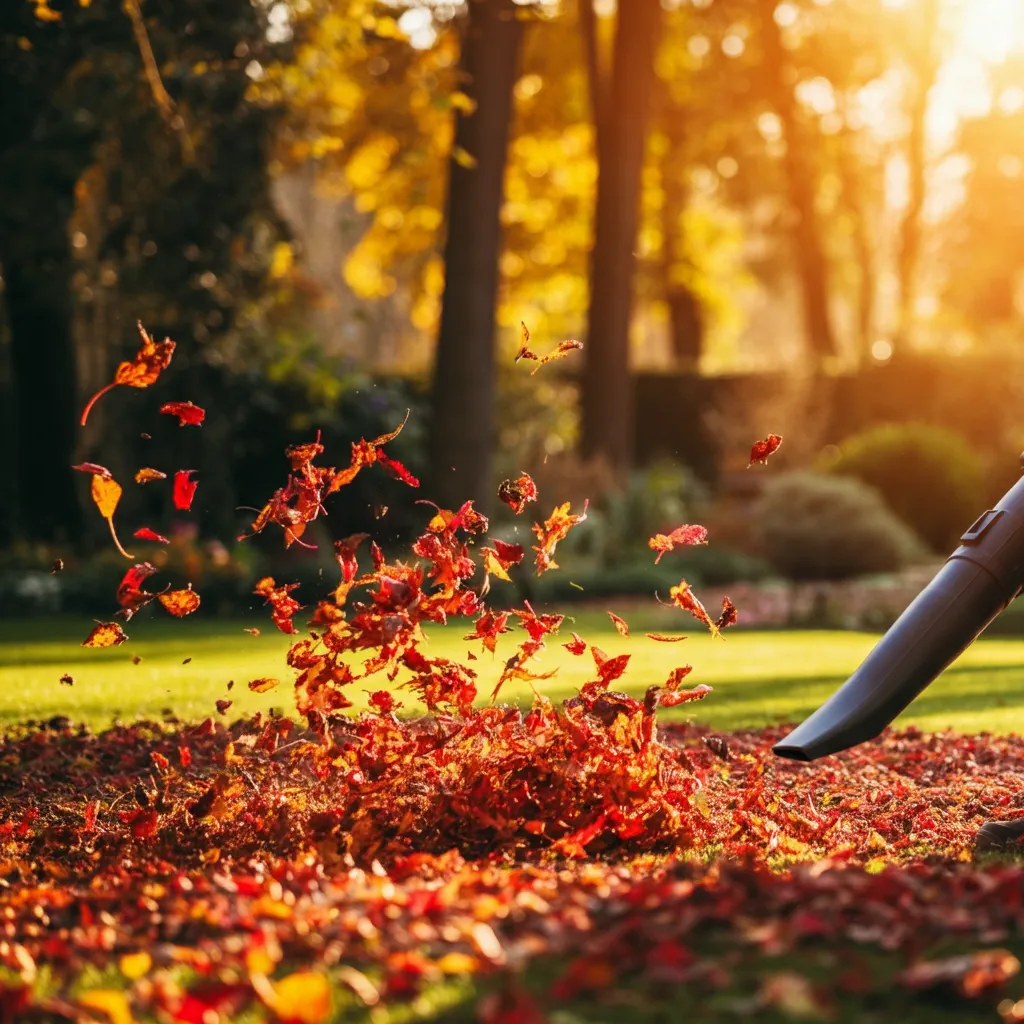
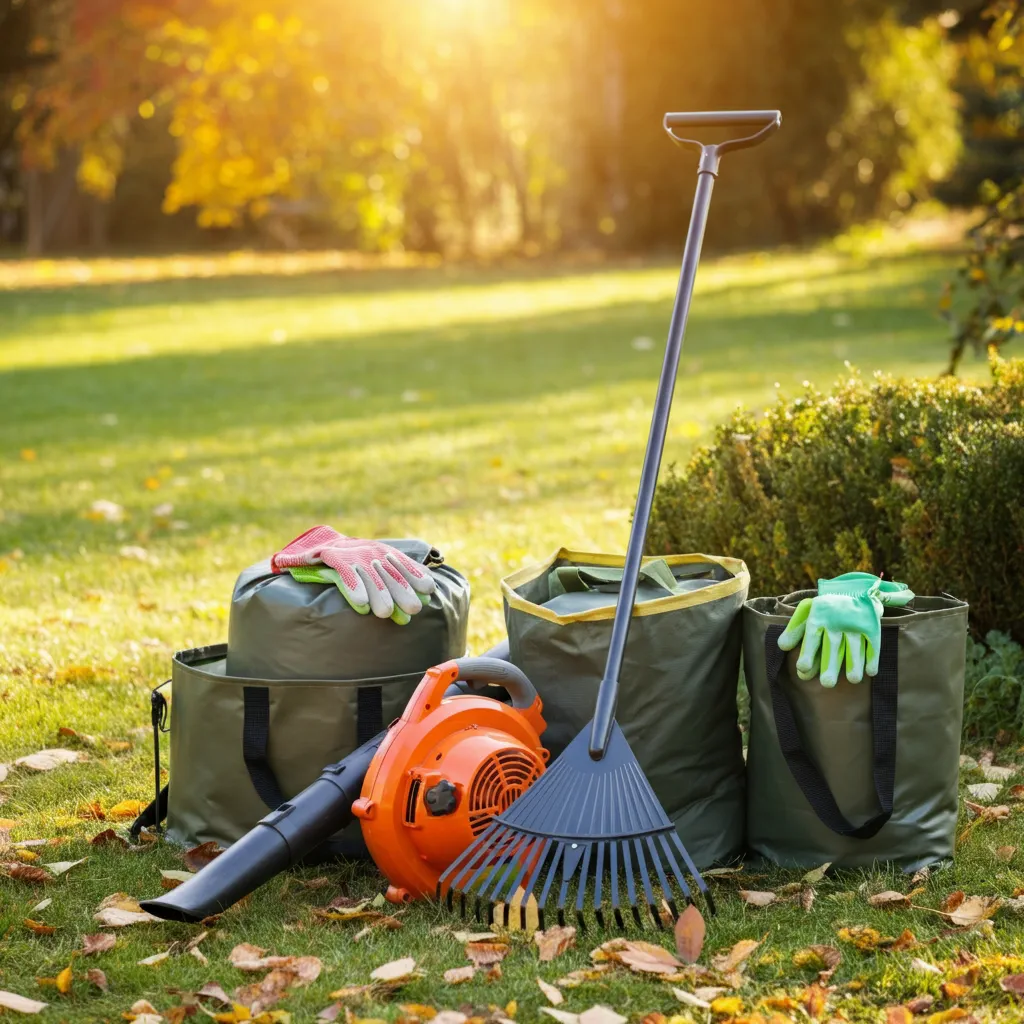
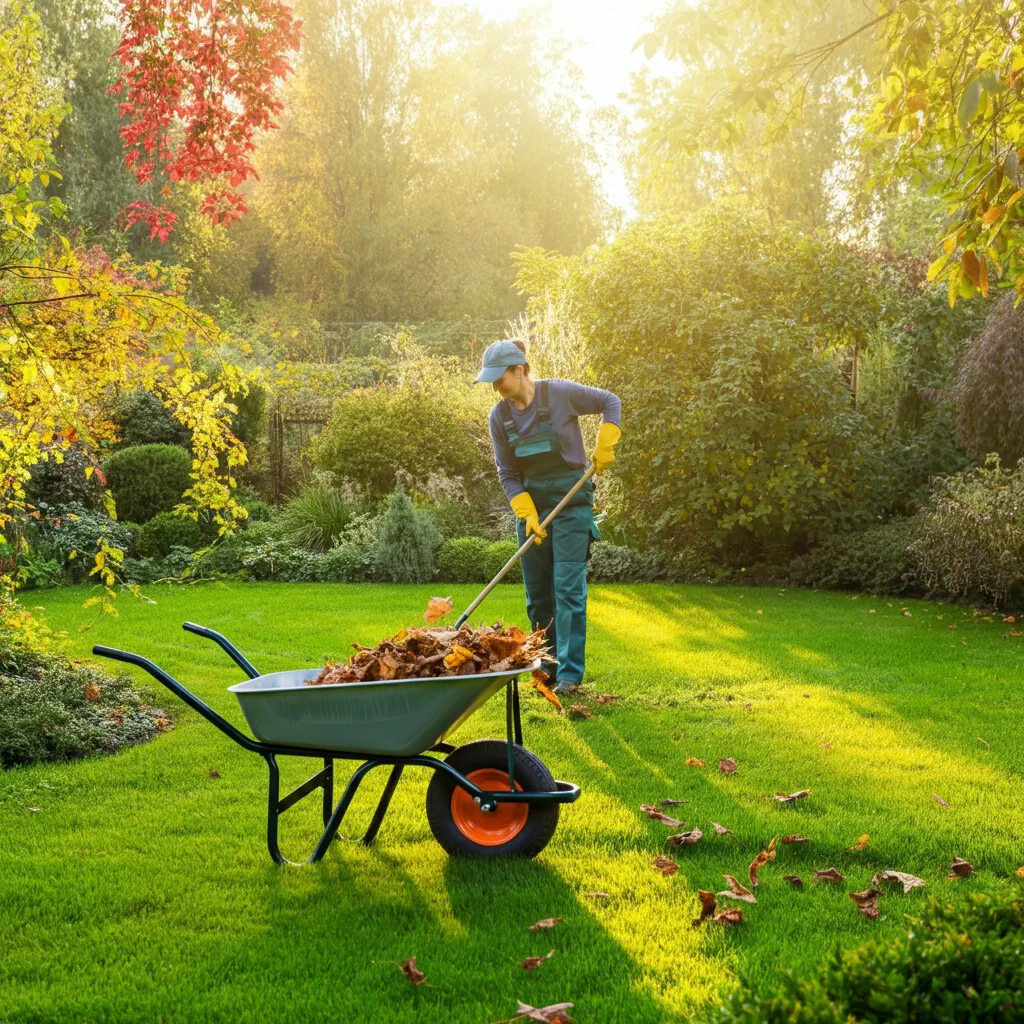
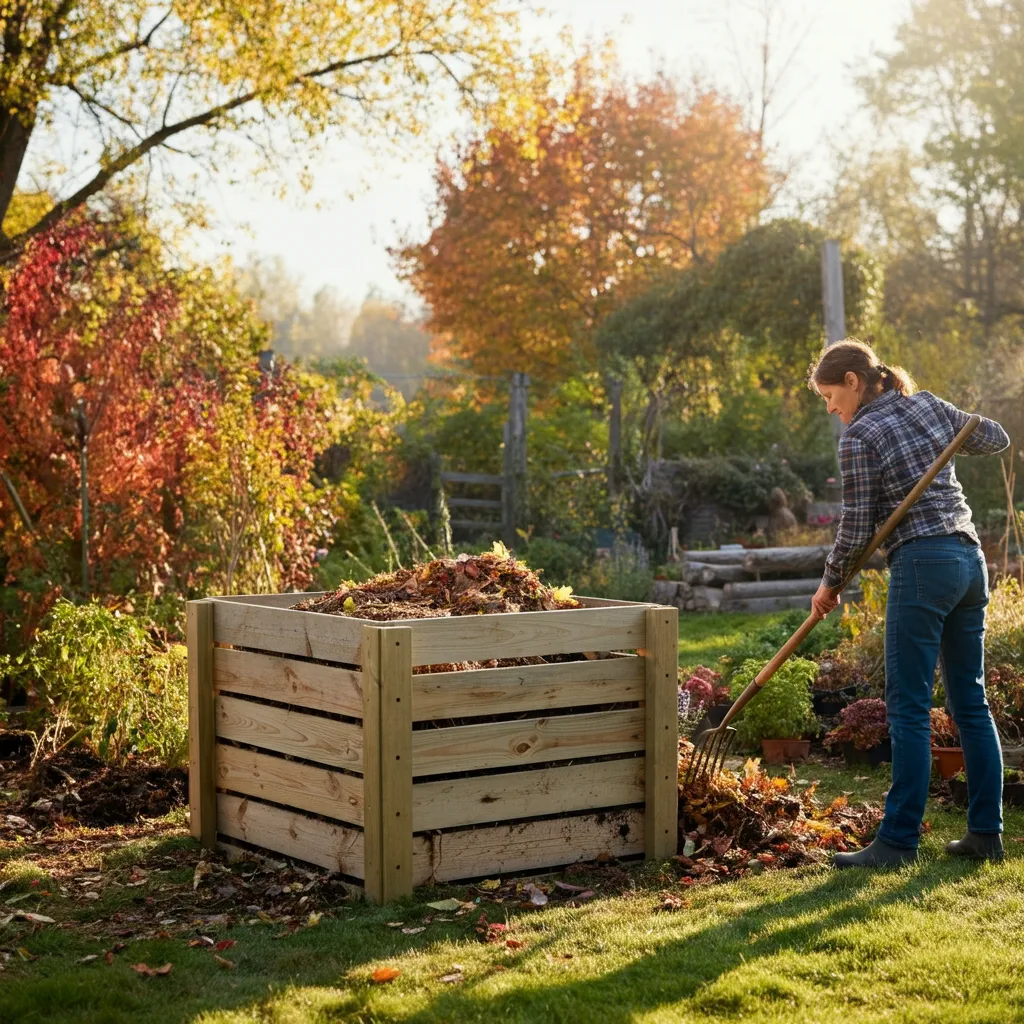
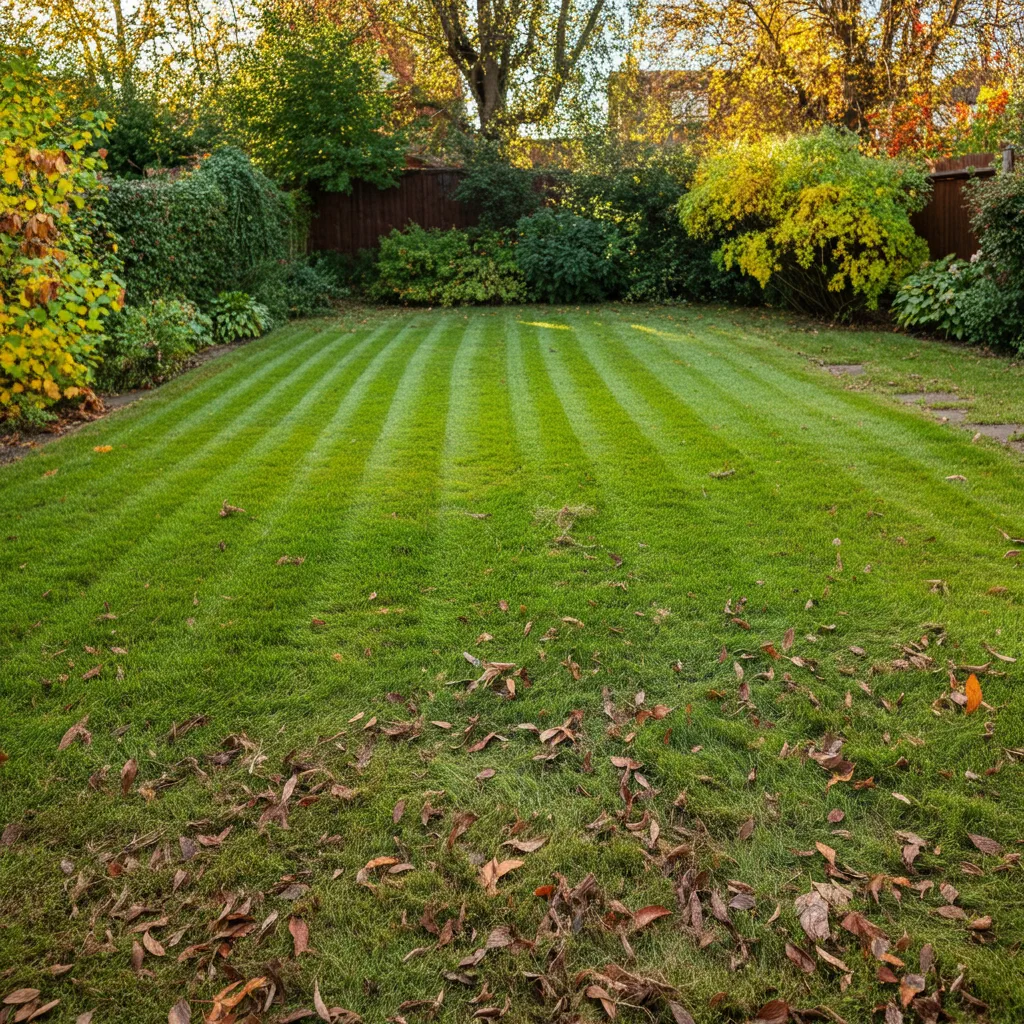











Community Feedback